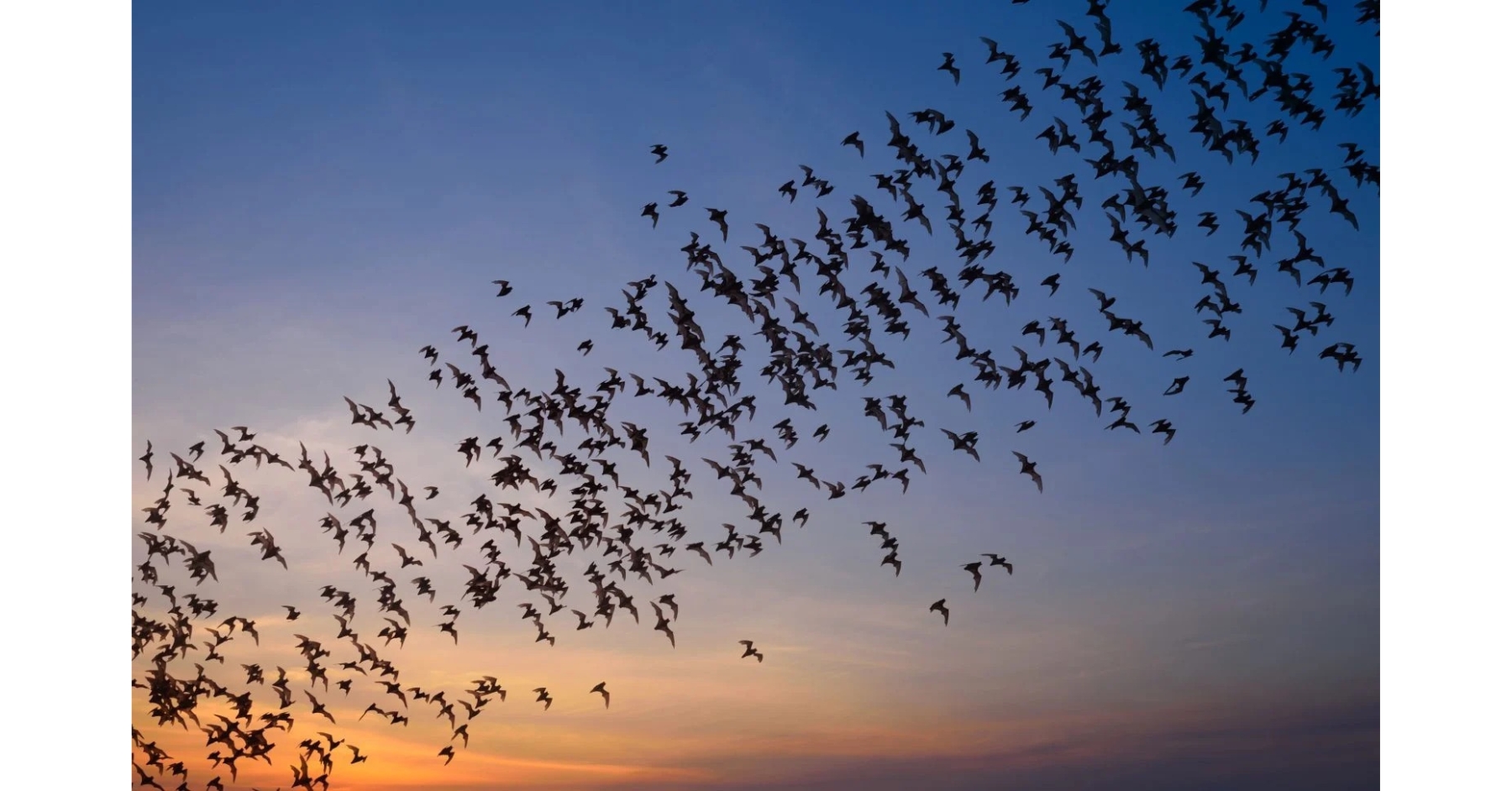If you have ever worked on a lighting project near an ecologically sensitive site in the UK, you will likely be familiar with the rules for designing and installing bat-friendly lighting — or at least we hope you are…
But unless you spend your free time researching lighting-related news (no judgement if you do), you probably won’t have heard that the official recommendations designed to ensure each new lighting scheme doesn’t negatively impact bat populations have changed. Big time.
On the 4th of August this year, the Bat Conservation Trust (BCT) and the Institution of Lighting Professionals (ILP) published the new GN08/23 Bats and Artificial Lighting at Night. This guidance note explains the further information that’s been gathered about the impact of lighting on various bat species since 2018, focusing more heavily on bat behaviour.
Councils and authorities must consider GN08/23 for all upcoming lighting projects to help protect these endangered mammals, preserve our ecosystems and, ultimately, prevent environmental concerns from getting in the way of planning approval. Luckily for you, we’re pretty clued up on the new lighting guidelines already and have broken them down into two key stages below. You’re welcome!
Avoiding disruption
If you’ve ever heard the phrase ‘prevention is better than cure’, you’ll know what the BCT and ILP were getting at with the first few elements of their recommendations, which are all about doing whatever you can to steer clear of negatively affecting ecology from the very start of lighting design process.
Step 1, titled ‘Could bats be present on site?’, suggests your first port of call when aiming to complete a bat-friendly lighting project should be an ecologist. These experts can survey your proposed installation site — highlighting areas, like woodlands, ponds and grasslands, where artificial lighting could impact local bat populations.
Once this survey has been conducted, ‘Step 2: Determine the presence of/potential for bat roosts or habitat and their importance’ comes into play. As its name suggests, this stage involves an ecologist taking a closer look at any risk areas identified during the initial survey to assess their importance to bat habitats and decide what’s defined as a ‘key’ area (essential to bat well-being).
Then, it’s time for ‘Step 3: Avoid lighting on any Key Habitats’. In these areas, you’ll need to ensure there’s no artificial lighting and glare (high contrast between light and dark areas) and establish a buffer zone, where light levels gradually increase as illumination becomes less dangerous for bats. It’s recommended that you lean on a competent lighting professional (cough, like us!) to tick these tasks off your list.
Obviously, it’s also important to mitigate lighting impact when you’re installing lights near the areas that aren’t deemed essential for bats, but are still important to their activity, which GN08/23 defines as ‘supporting’ habitats. So, the BCT and ILP offer up a couple more steps.
Mitigating lighting impact
Because bats either use supporting habitats less frequently than key ones, or they’re occupied by fewer, more light-opportunistic bat species, ‘Step 4: On Supporting Habitat, apply mitigation methods and sensitive design to reduce lighting to a minimum’ suggests that ecologists and lighting professionals are once again crucial to establishing the correct light levels.
In illustrating appropriate mitigation tactics, this penultimate step references many lighting considerations, including luminaire specifications — recommending minimise blue light levels, as light sources in the red spectrum are least detrimental to bat well-being.
Moving onto the last stage, ‘Step 5: Demonstrate compliance with illuminance (lux) limits and buffers within proposals and, where appropriate, the operational scheme’, this section is all about proving that you’re able to put appropriate mitigation methods into place and avoid disturbing bat populations.
Unsurprisingly, this isn’t as simple as saying, ‘I won’t harm the bats with my lights, I promise!’. According to GN08/23, you’ll need proof from an official document, like a lighting impact assessment (LIA) or strategy, as well as baseline and post-completion light monitoring surveys and operational phase checks completed by qualified professionals.
Whilst there’s no line in the lighting guidelines saying you should choose DFL for the job, we’re a great lighting consultancy to choose to meet the necessary criteria laid out in GN08/23. Not only do we provide expert LIAs (appropriate lighting surveys included), but we’ll also visit the site to make sure all’s fine and dandy once our work’s done. So, you can rest assured you’re helping the bats and securing project approval!
To get in touch about how we can help you comply with GN08/23, just call +44 (0)1962 855080 or email info@dfl-uk.com.























